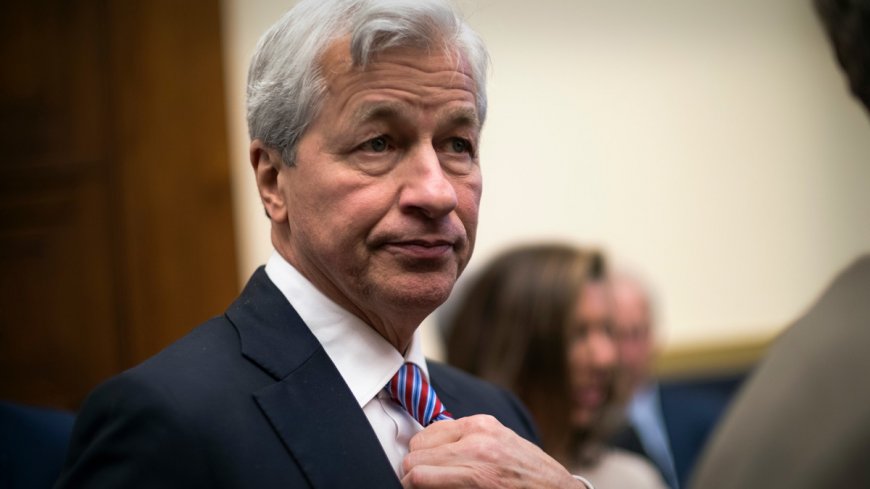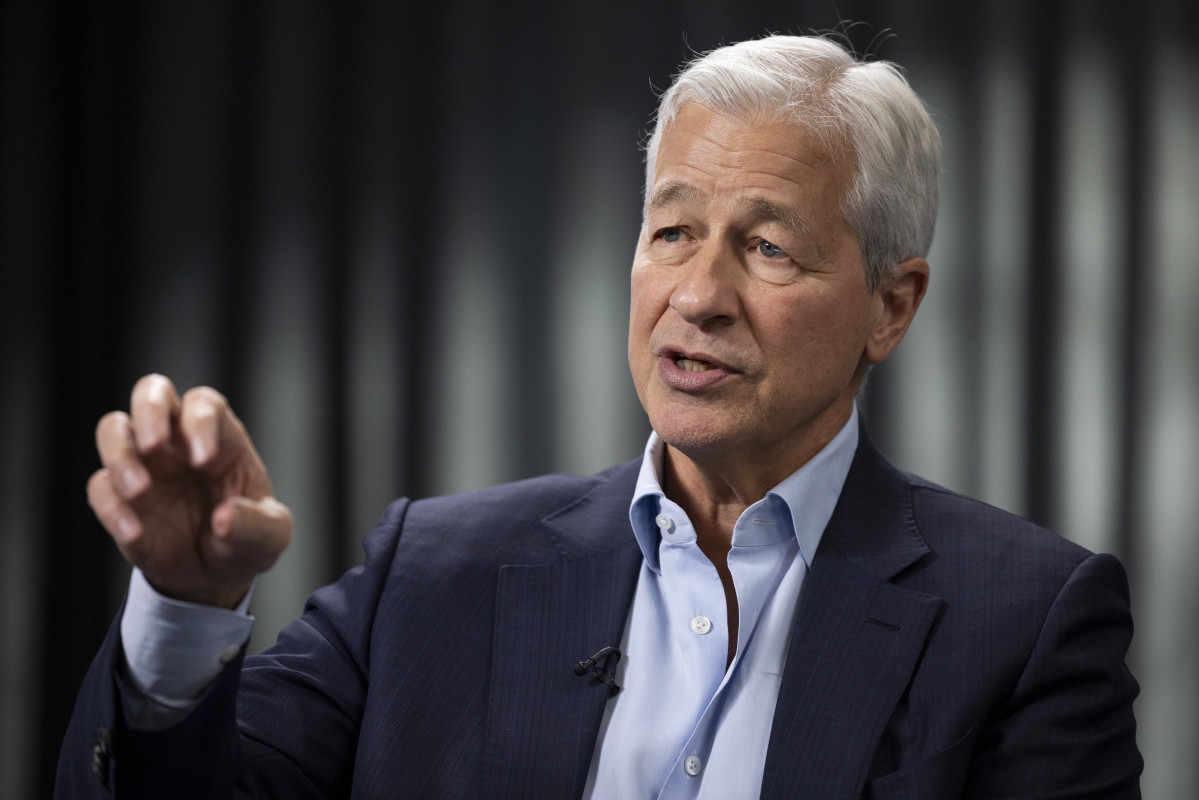Analyst who predicted JP Morgan's rally has a new price target
Here's what could be next for the big money-center bank.

JP Morgan Chase JPM is a global banking powerhouse. It services millions of customers worldwide in over 100 countries, employs over 240,000 workers, and controls $2.6 trillion in assets.
The company's lynchpin role in global finance has made it a core holding for many investors; however, economic uncertainty, including the risk of recession, likely had many investors questioning if shares could go higher this summer.
Real Money's Bruce Kamich wasn't a doubter. In May, Kamich told investors to buy JP Morgan shares above $142 because they'd likely go higher. The prediction worked out well for shareholders, who saw shares climb to nearly $160 in July.
Recently, Kamich updated his analysis of JP Morgan's shares, including a new price target that may frustrate investors.
JP Morgan sales soar as interest rates climb
JP Morgan's size has allowed it to skirt the damage from rising interest rates to many regional banking peers earlier this year. The rapid run-up in interest rates caused bond values to fall, causing three of the largest banks in U.S. history to file for bankruptcy this spring.
First, Silicon Valley Bank failed on March 10 because depositors withdrew so much that it would've been forced to realize losses in its bond portfolio. Signature Bank met a similar fate a couple of days later. Finally, First Republic Bank was shuttered on May 1.
Of course, JP Morgan isn't immune to falling bond values, but its status as a global leader attracted many deposits from those failing banks. It also allowed it to cut a deal with regulators to buy assets from First Republic at a bargain basement price.
Related: Jamie Dimon is getting ready to do something he hasn't done in 18 years
Those tailwinds are helping JP Morgan's results this year. Still, the biggest driver of its performance is its increasing interest rates on its customers' loans and relatively few delinquencies and defaults.
While more customers are behind on payments than in 2021, when stimulus payments and zero interest rate policies were in vogue, delinquency and default rates remain below pre-COVID levels.
In the third quarter, JP Morgan's CEO Jamie Dimon reported the bank's revenue increased 22% year-over-year to $39.9 billion. Its earnings per share jumped by 51% to $4.72. The top and bottom-line figures were better than Wall Street analysts had expected.
First Republic's assets alone contributed $2.2 billion in revenue and $1.1 billion in net income. Nevertheless, JP Morgan still boasted 15% revenue growth, excluding the acquisition.
The company said higher rates and loan balances were key reasons behind its performance, more than offsetting an uptick in charge-offs.
JP Morgan's risks could be climbing
Jamie Dimon's team conceded on its quarterly conference call that it's currently "over-earning," and it expects that to change. They've forecasted a $90 billion run rate on net interest income exiting this year, but they think a more normalized rate would be closer to $80 billion.
When asked how long it would take before investors see that normalization, Dimon suggested it could be soon.
"Inside the company, some people think it will happen sooner, i.e., me," said Dimon. "Some people think it will happen later."
The potential for increased funding costs and demand to soften and dig into income may be one reason why JP Morgan's shares have retreated recently.
Yields on the long-end of the Treasury yield curve have spiked since July, causing lending rates on houses, cars, and credit cards to increase and demand to weaken. It's not just consumers impacted, either. Commercial borrowers could also get squeezed.
More From Wall Street Analysts:
- Tesla analyst who told investors to ‘nail down profits’ in August has a new price target
- Hedge Fund Manager Doug Kass correctly said to sell stocks in July; here’s what he’s doing now
- Analyst who predicted the S&P 500's correction has a new price target (many will be unhappy)
The higher rates have also likely increased the pace of depositors shifting assets from non-interest to interest-bearing accounts, like CDs.
If unemployment picks up because rates have increased and the economy enters a recession, higher funding costs, lower loan demand, and rising delinquency and default rates could tax JP Morgan's bottom line.
JP Morgan's price chart suggests a new target
The recent weakness in JP Morgan's shares led Kamich to update his analysis on Nov. 6. Kamich, a technical analyst, has been evaluating price, volume, and momentum indicators for 50 years.
His long experience evaluating charts and indicators prompted his bullish commentary on JP Morgan in May.
What does Kamich think now? Unfortunately for Jamie Dimon fans, Kamich is unimpressed by what he sees.
"I see a weak picture. Prices made a high in late July/early August," said Kamich. "The trading volume histogram shows an increase from the middle of August, suggesting that traders are voting with their feet. The On-Balance-Volume (OBV) line shows weakness from early August. The Moving Average Convergence Divergence (MACD) oscillator has been below the zero line since late August."
On-balance volume is essentially up minus down day volume, while MACD is a momentum indicator. Weak volume on up days and negative momentum isn't what Kamich would want to see to have the conviction that investors should still buy JP Morgan shares.
It doesn't help that Kamich's analysis also yielded a concerning price target. Using a daily and weekly point-and-figure chart, Kamich calculated price targets of $119 and $98, respectively. That would be down considerably from where it's currently trading at over $140 per share.
Sign up to find out what stocks we're buying now (JPMorgan Chase isn't one of them!)
What's Your Reaction?



























































